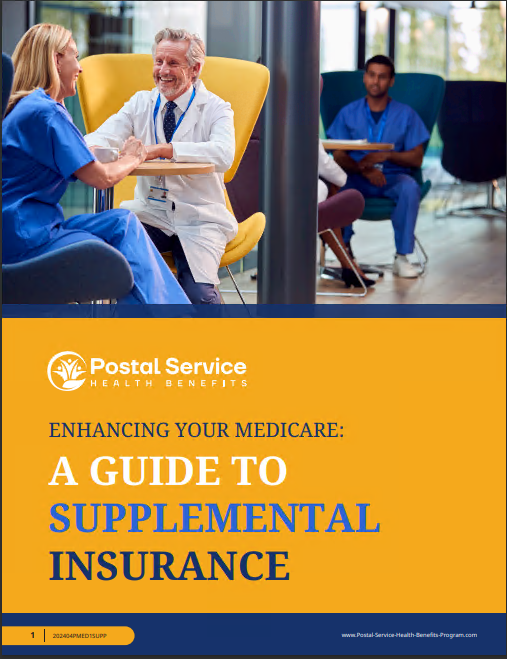Understanding PSHB and FEHB
Before comparing the potential costs of PSHB and FEHB, let’s briefly review what each program entails:
- PSHB: The Postal Service Health Benefits (PSHB) Program is specifically designed for USPS employees and retirees. It provides comprehensive health insurance coverage, including medical, dental, and vision benefits, to eligible individuals and their dependents. PSHB aims to ensure that postal employees and retirees have access to affordable and high-quality healthcare services throughout their careers and retirement.
- FEHB: The Federal Employees Health Benefits (FEHB) Program is available to federal employees, retirees, and their families, including USPS employees and retirees. It offers a wide range of health insurance plans from various participating carriers, providing flexibility and choice in coverage options. FEHB plans are designed to meet the diverse healthcare needs of federal employees and retirees while offering competitive premiums and comprehensive benefits.
Factors Influencing Cost Differences
Several factors can influence the cost differences between PSHB and FEHB:
- Premiums: The monthly premiums for PSHB and FEHB plans may vary based on factors such as plan type, coverage level, and geographic location. Premiums for PSHB plans are negotiated between the Postal Service and participating insurance carriers, while FEHB premiums are set by individual insurance carriers. Premium rates may also be influenced by factors such as age, tobacco use, and enrollment status (e.g., self-only, self-plus-one, family).
- Coverage Options: Both PSHB and FEHB offer a variety of coverage options, including different plan types (e.g., Health Maintenance Organizations (HMOs), Preferred Provider Organizations (PPOs)) and coverage levels (e.g., self-only, self-plus-one, family). The cost of premiums and out-of-pocket expenses may vary depending on the specific plan chosen and the level of coverage desired. Enrollees should carefully review plan benefits, network providers, and cost-sharing requirements to determine the most cost-effective option for their healthcare needs.
- Out-of-Pocket Costs: In addition to monthly premiums, enrollees in both PSHB and FEHB plans may incur out-of-pocket costs such as deductibles, copayments, and coinsurance for covered services. These costs can vary significantly depending on the plan’s benefits and cost-sharing arrangements. Some plans may offer lower out-of-pocket costs in exchange for higher premiums, while others may have higher cost-sharing requirements but lower premiums.
- Provider Networks: The availability of in-network providers and facilities may impact the cost of healthcare services under PSHB and FEHB plans. Some plans may require enrollees to use network providers for the lowest out-of-pocket costs, while others may offer more flexibility in choosing providers at a higher cost. Enrollees should consider the accessibility of network providers and facilities when comparing plan options and estimating healthcare costs.
- Prescription Drug Coverage: Both PSHB and FEHB plans may offer prescription drug coverage as part of their benefits package. The cost of prescription medications, including copayments and coinsurance, can vary depending on the plan’s formulary and pharmacy network. Enrollees should review the list of covered medications (formulary) and pharmacy network to ensure that their prescription drug needs are met at an affordable cost.
Comparing Cost Considerations
When comparing the potential costs of PSHB and FEHB, it’s essential to consider the following:
- Plan Selection: Enrollees should carefully review the available plan options under both PSHB and FEHB to determine which best meets their healthcare needs and budget. Factors such as premiums, out-of-pocket costs, provider networks, and prescription drug coverage should be taken into account when comparing plan options.
- Cost Estimation: Utilizing cost estimation tools and resources provided by the USPS, OPM, or insurance carriers can help individuals estimate their total healthcare costs under different plan scenarios. These tools may provide personalized cost estimates based on factors such as age, location, and health status, allowing enrollees to make informed decisions about their coverage options.
- Open Season: During the annual Open Season period, USPS employees and retirees have the opportunity to review and change their healthcare coverage options. It’s essential to take advantage of this opportunity to reassess coverage needs and explore cost-saving opportunities. Enrollees should carefully evaluate their current coverage and consider any changes in healthcare needs or financial circumstances when selecting a plan during the Open Season.
Conclusion
While the cost of healthcare coverage under PSHB and FEHB may vary depending on individual circumstances and plan selection, both programs offer comprehensive benefits designed to meet the needs of USPS professionals and retirees. By understanding the factors that influence cost differences and carefully comparing plan options, individuals can make informed decisions to ensure they have the coverage they need at a cost that fits their budget.
For assistance with comparing PSHB and FEHB options and selecting the right healthcare coverage for your needs, reach out to our team of licensed insurance agents. We’re here to provide guidance and support to help you navigate the complexities of healthcare benefits as a USPS employee or retiree. Don’t hesitate to contact us for expert advice and assistance in securing the coverage that’s right for you. Visit Medicare.gov for additional insights, resources, and tools, or access the LiteBlue USPS employee portal for additional resources and support.





